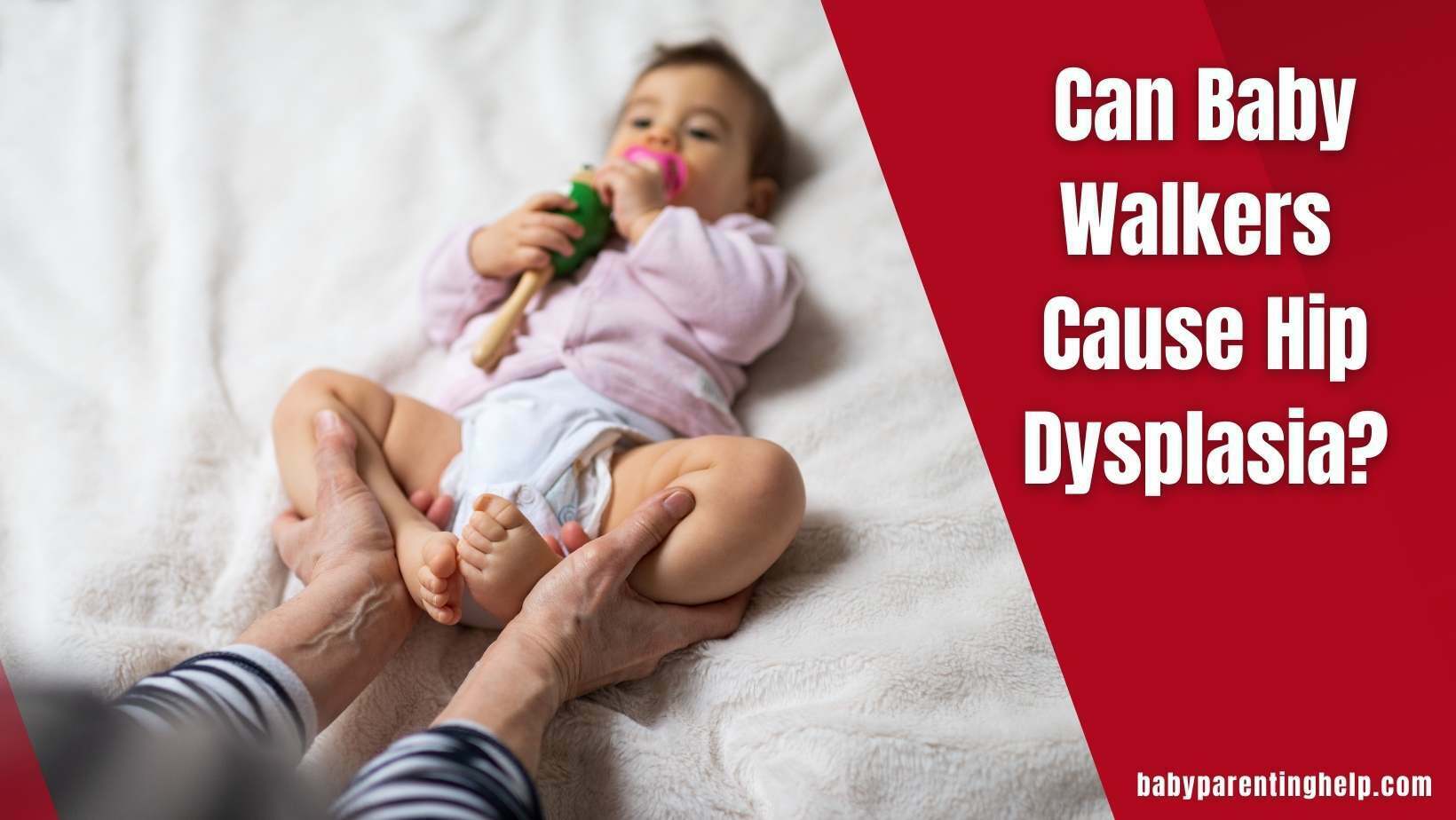Are you a concerned parent wondering whether baby walkers can cause hip dysplasia? You’re not alone. This topic has sparked numerous debates and discussions among experts and parents alike. This article will explore the relationship between baby walkers and hip dysplasia, exploring the risks, benefits, and recommended alternatives for promoting your baby’s healthy development. So let’s get started and uncover the truth behind this widespread concern.
Contents
Introduction
As parents, we constantly seek ways to help our little ones reach their developmental milestones. Baby walkers have been popular for many years, allowing babies to explore their surroundings and take their first steps. However, concerns have been raised regarding the potential link between baby walkers and hip dysplasia.
Understanding Hip Dysplasia
Hip dysplasia refers to a condition where the hip joint does not develop correctly, resulting in instability or misalignment. It can occur during fetal development or in the early months of a baby’s life. The condition is more prevalent in girls and may be influenced by genetic or environmental factors, such as swaddling or tight baby carriers.
The Function of Baby Walkers
Baby walkers are designed to support babies in an upright position and enable them to move around using their legs. They typically have a fabric or plastic seat attached to a frame with wheels. Many baby walkers also include interactive toys or trays to entertain the baby.
The Controversy: Baby Walkers and Hip Dysplasia
The controversy surrounding baby walkers and hip dysplasia stems from the potential for prolonged periods of incorrect weight-bearing and abnormal movement patterns. Some argue that baby walkers’ unnatural posture and repetitive motions may contribute to developing hip dysplasia, especially when used excessively or inappropriately.
Studies and Research Findings
Numerous studies have explored the relationship between baby walkers and hip dysplasia. While some studies suggest a potential association, others have found no direct causation. It is important to note that the evidence is inconclusive, and more research is needed to establish a definitive link between baby walkers and hip dysplasia.
Safe Alternatives to Baby Walkers
To ensure your baby’s healthy development and minimize any potential risks, it is advisable to consider alternative methods for promoting walking and mobility. Here are some safe alternatives to baby walkers:
- Tummy time: Encourage your baby to spend supervised time on their tummy, which helps strengthen the neck, back, and core muscles necessary for crawling and walking.
- Baby-proofed environment: Create a safe and stimulating environment where babies can freely explore and practice their motor skills.
- Push toys: Invest in push toys or activity walkers that provide support and stability while allowing your baby to practice walking independently.
- Babywearing: Using a carrier or sling promotes bonding while keeping your baby close and allowing them to observe their surroundings from a safe position.
Promoting Healthy Development
Whether you use a baby walker or opt for alternative methods, promoting your baby’s healthy development is crucial. Here are some tips to keep in mind:
- Encourage regular tummy time to strengthen core muscles.
- Provide a safe and stimulating environment for exploration.
- Allow your baby to progress at their own pace without rushing their developmental milestones.
- Seek guidance from paediatricians or child development experts for additional advice and support.
Tips for Choosing Safe Baby Gear
When selecting baby gear, including walkers or other mobility devices, it’s essential to prioritize safety. Consider the following tips:
- Look for safety certifications: Choose products that meet recognized safety standards and certifications.
- Check for adjustable height settings: Ensure the product can be adjusted to your baby’s height as they grow.
- Examine the wheels: Opt for walkers with sturdy, multidirectional wheels for smooth and safe movement.
- Avoid stairs and uneven surfaces: Always use baby walkers on flat, even surfaces and keep them away from stairs or areas with a risk of falling.
Conclusion
The debate over whether baby walkers can cause hip dysplasia continues to generate discussions and concerns among parents. While the evidence remains inconclusive, it is essential to prioritize your baby’s safety and healthy development. Consider alternative methods for promoting mobility and consult healthcare professionals for personalized guidance.
F.A.Q.s
Q1: Are baby walkers entirely unsafe for babies? Baby walkers can pose risks if used improperly or for prolonged periods. Exploring alternative methods for promoting mobility and consulting with healthcare professionals is advisable.
Q2: At what age can I start using a baby walker? The American Academy of Pediatrics recommends avoiding baby walkers entirely and encourages parents to promote mobility through alternative methods.
Q3: Can baby walkers help my baby learn to walk faster? There is no evidence to suggest that baby walkers promote faster walking. Each baby develops at their own pace, and allowing them to progress naturally is essential.
Q4: Are there any benefits to using baby walkers? While some parents find baby walkers convenient for keeping their baby occupied, alternative methods, such as tummy time and push toys, can provide similar benefits without the potential risks.
Q5: Where can I find more information about promoting my baby’s healthy development? Consulting with paediatricians or child development experts is an excellent way to gather personalized information and advice tailored to your baby’s needs.

I am an accomplished writer, a devoted father, and a compassionate advocate for new and experienced parents in my baby’s parenting journey. With a wealth of firsthand experience and a deep understanding of the joys and challenges of raising children, I become a trusted voice in the parenting community.


